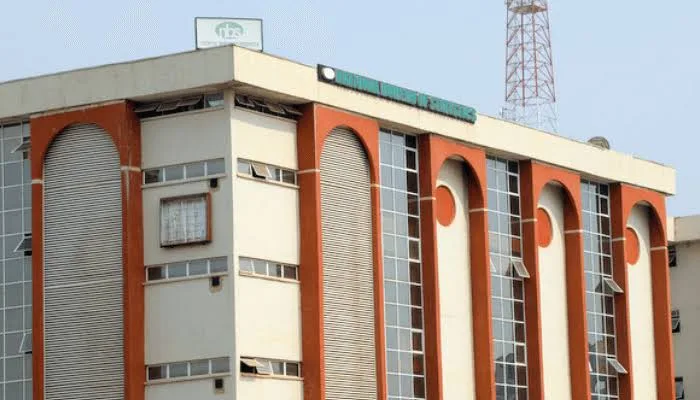Nigeria’s headline inflation climbed to 24.23 percent in March 2025, up from 23.18 percent in February, according to the latest Consumer Price Index report released by the National Bureau of Statistics (NBS). The 1.05 percentage point increase reflects a persistent rise in the cost of living, as inflationary pressures continue to mount across the country.
On a month-on-month basis, inflation rose sharply by 3.90 percent in March, compared to 2.04 percent in the previous month—signaling a faster pace of price increases. The Consumer Price Index itself rose to 117.34 in March, a 4.40-point increase from February.
According to the NBS, the key contributors to the annual inflation rate include food and non-alcoholic beverages, restaurants and accommodation services, transport, and housing-related costs, including electricity, gas, and other fuels. Other significant drivers were education, healthcare, and clothing.
Food inflation, in particular, continued to surge, rising to 21.79 percent in March from 20.01 percent in February. On a monthly basis, food prices increased by 2.18 percent, driven by rising costs of items such as fresh ginger, yellow garri, Ofada rice, honey, fresh pepper, potatoes, and plantain flour. The sustained spike in food prices is putting increasing pressure on household incomes and consumption patterns.
Core inflation, which excludes the prices of volatile agricultural products and energy, stood at 24.43 percent year-on-year. Month-on-month, the core index rose by 3.73 percent, compared to 2.52 percent in February, indicating broader inflationary trends beyond food and energy.
Urban inflation continued to outpace rural inflation. In March, the year-on-year urban inflation rate rose to 26.12 percent, compared to 20.89 percent in rural areas. Month-on-month, inflation in urban centers increased by 3.96 percent, while rural areas recorded a 3.73 percent rise. The figures highlight the heightened vulnerability of urban households to inflation, particularly in areas such as housing, transportation, and services.
Across the states, Kaduna recorded the highest year-on-year inflation rate at 33.33 percent, followed by Osun at 32.08 percent and Kebbi at 30.74 percent. On the other end of the spectrum, Akwa Ibom posted the lowest rate at 12.81 percent, with Bayelsa and Sokoto recording 14.02 and 14.83 percent respectively. Kaduna also led the country in month-on-month inflation at 18.85 percent, while states like Sokoto, Nasarawa, and Kwara saw price declines.
Food inflation was highest in Oyo State at 34.41 percent, followed by Kaduna at 31.14 percent and Kebbi at 30.85 percent. In contrast, Bayelsa, Adamawa, and Akwa Ibom recorded the slowest increases in food prices, with year-on-year rates of 9.61 percent, 12.41 percent, and 12.60 percent respectively.
Overall, the latest inflation figures underscore the persistent economic strain facing Nigerian consumers, as the rising cost of essentials continues to erode purchasing power and deepen financial hardship.


